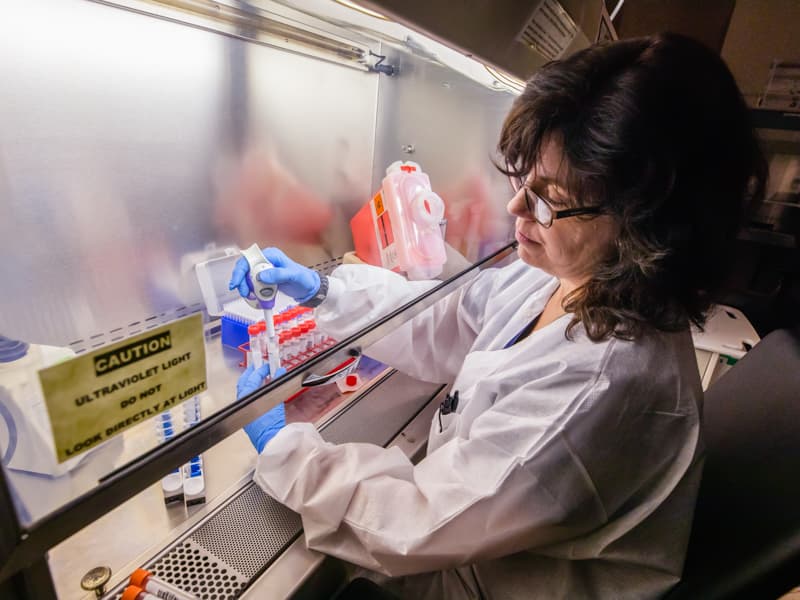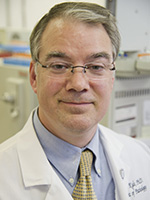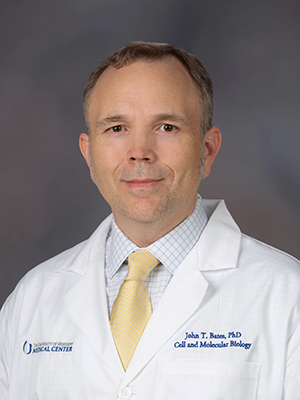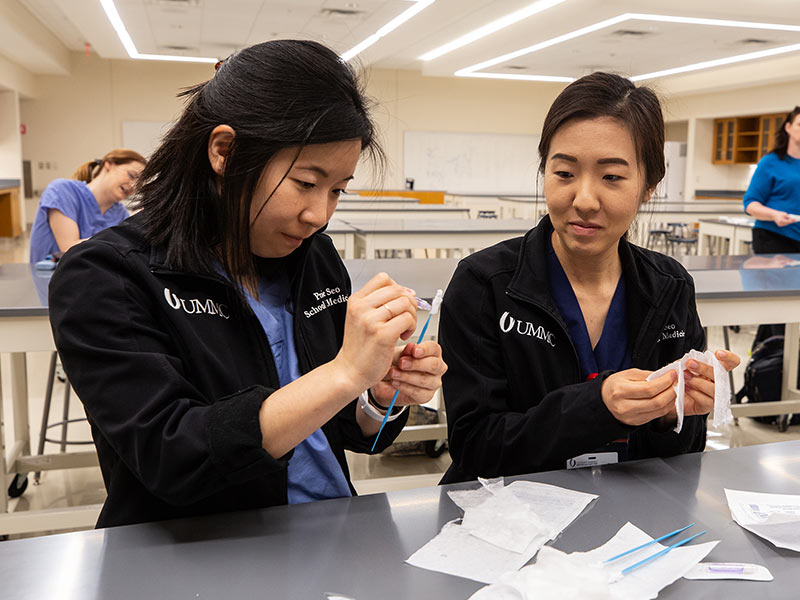UMMC begins in-house testing for COVID-19

The University of Mississippi Medical Center started performing in-house testing for COVID-19 Thursday, providing a major boost in the state’s ability to manage the pandemic.
The Medical Center’s pathology laboratory has finished validating its ability to use a commercially available kit to test for the novel coronavirus, said Dr. Timothy Allen, professor and chair of pathology, adding that the department has been working extremely hard to get the protocol fully functional at UMMC.

“The pathology laboratory team has done a phenomenal job under great pressure. It typically takes about four months to do what they did in two weeks,” Allen said.
At full capacity, this method can deliver test results for 180 people daily, run in two 90-test batches that take about eight hours each, said Dr. Patrick Kyle, a professor of pathology.

“Initially, these tests are being prioritized for patients in our intensive care units, other inpatients at UMMC and UMMC employees,” he said.
Previously, UMMC sent its testing to the Mississippi State Department of Health, which has handled most of the COVID-19 testing in the state so far. Now, MSDH will be able to devote more resources toward testing patients from other locations.
UMMC is also working to bring a second commercial test to its labs as well as creating its own Laboratory Developed Test for COVID-19 based on the Centers for Disease Control and Prevention protocol. If all three options become available, UMMC could process as many as 700 samples per day, Allen said.

“There has been a lot of concern about a national shortage of COVID-19 tests,” said Dr. Richard Summers, associate vice chancellor for research. “We’re looking at using a variety of approaches to testing, including tests that could run on our own platforms or use methods developed by commercial laboratories.”
Summers, Allen, Kyle, Dr. Larry McDaniel, professor and chair of microbiology and immunology; Dr. Sarika Jain, assistant professor of pathology; and Dr. John Bates, assistant professor of microbiology and immunology, are meeting twice daily and in constant contact to develop the in-house test.
Bates says that access to COVID-19 tests is limited primarily because of the strain the pandemic has put on the supply chain.
The hardest supply to acquire has been the one needed to get the test started: nasal swabs to collect samples from those potentially infected with COVID-19. It’s also been difficult to purchase viral transport media, which preserves the sample until it arrives in the laboratory.

“Demand for tests has skyrocketed in the United States, and everyone is trying to order materials at the same time,” Bates said. “Companies have ramped up production of different supplies to help meet the demand.”
In response to the demand for testing, the U.S. Food and Drug Administration has changed some of its standards for Laboratory Developed Tests, or LDT, making it easier for institutions like UMMC to start independent testing.
“For example, we can now use saline solution to store swabs if viral transport media isn’t available,” Bates said.
Putting together enough tests to meet demand requires not only supplies, but labor. To meet that need, UMMC student volunteers are preparing test collection kits. The kits, which include swabs, media, collection tubes and plastic bags, will be used to help expand mobile collection sites.
The commercial test UMMC is now using tests for COVID-19 by taking the nasal swab and separating the RNA on it from the rest of the biological material. RNA, or ribonucleic acid, is found in all organisms and makes up the genetic code of viruses such as coronavirus. They then test for COVID-19-specific RNA using polymerase chain reaction, or PCR. This technique uses temperature cycles, lab-made nucleic acids called primers and other reagents to detect the pathogen.
The UMMC LDT will use similar methods to the commercial test, but because it is an LDT, will require FDA approval before use in patient testing. Summers is hopeful that the UMMC test will be approved within the next week. Scientists and technicians working on the test stress that it must work well before they can implement it.

“It is very important to have an accurate test when developing any new test in the laboratory. We have to go through an extensive validation process to make sure that an individual who tests positive is positive and the individual who tests negative is really negative,” Jain said. “We test many known positives and known negatives, repeatedly and in many different concentrations, to make sure that the results coming out of the molecular laboratory are accurate. This validation process of our new test may take some days to complete but is extremely critical for our patients.”
“There have been several changes from CDC and FDA regarding this process,” Bates said, adding that the FDA is working on ways to help labs test more samples per day without sacrificing quality control. Private industry is working on ways to make the testing more efficient as well. Companies that made the needed products for these lab tests are now producing them in much higher volumes, he added.

UMMC also needs to gather the physical infrastructure and human capital needed to conduct larger-scale testing. The Department of Pathology’s molecular lab has borrowed an RNA extraction machine from the Molecular and Genomics Core Facility and a pipetting machine from another group to make testing more efficient once it is available.
“This is truly an interdisciplinary effort, and people are eager to help. When we put up a request for help on the research list-serv, we receive responses almost instantly from people all over campus offering their supplies or expertise,” Bates said.
Even as more hospitals start their own testing, not everyone who is screened may be able to receive a test. COVID-19 symptoms, which include fever, cough, sore throat and shortness of breath, are common among viral respiratory infections.
“The demand for COVID-19 testing in the United States is not close to peaking yet,” Bates said. “Just as infectious disease doctors practice antibiotic stewardship, we will need to worry about diagnostic test stewardship.”

